Maritime IoT for Autonomous Navigation
IoT in maritime industry. Some companies are working on ships that can sail themselves using IoT sensors and artificial intelligence. These ships would have fewer or no crew members on board.
Small autonomous ships are already being tested in some places. Larger cargo ships might someday navigate oceans with minimal human supervision. This is part of the Maritime 4.0 IoT in Maritime Industry: How Smart Technology is Changing Our Oceans
The Internet of Things (IoT) in the maritime industry is transforming how ships and cargo move across our oceans. This technology connects ships, containers, and ports through smart sensors and data systems. Ships move about 85% of all goods around the world, and IoT in maritime operations is making this massive transportation network safer, cleaner, and more efficient than ever before.
Understanding IoT in the Maritime Industry
The Internet of Things means connecting regular objects to the internet. In shipping, this includes putting sensors on ships, containers, and equipment. These sensors collect information like location, temperature, and engine performance. This is part of what experts call Maritime 4.0, the newest era in shipping technology.
When objects connect to the internet, they become “smart.” As a result, a regular shipping container becomes a smart container. Similarly, a normal ship becomes a smart ship. This helps everyone track what’s happening at sea in real time.
Think of IoT as giving ships and containers the ability to “talk” to us. Therefore, they can tell us where they are, how they’re doing, and if they need help.
Key Applications of Maritime IoT Technology
Maritime IoT for Ship and Cargo Tracking
Ships with IoT sensors can be tracked anywhere in the world. Consequently, companies can see exactly where their cargo is at any time.
Remember when you tracked a pizza delivery on your phone? Likewise, shipping companies can now do the same with massive cargo ships crossing oceans!
Ship owners use this information to plan better routes. For instance, they can avoid storms, busy areas, and save fuel. Data from sensors helps them make smart decisions about when to speed up or slow down.
IoT-Enabled Cargo Condition Monitoring
IoT sensors inside shipping containers monitor what’s happening with the cargo. Specifically, they check:
- Temperature (important for food and medicine)
- Humidity (moisture can damage many products)
- Security alerts if someone opens the container
- Shocks or bumps that might damage fragile items
For example, if a container carrying ice cream starts getting too warm, the sensor sends an alert. As a result, this prevents the ice cream from melting before it reaches the store.
Maritime IoT for Predictive Maintenance
Ships have many moving parts that can break down. Fortunately, IoT sensors on engines and equipment can detect small problems before they become big ones.
The sensors measure things like:
- Unusual vibrations
- Temperature changes
- Pressure differences
- Oil quality
This is called “predictive maintenance.” It’s much better than waiting for something to break. In addition, ships spend less time in repair and more time delivering cargo.
Marine Environmental Protection Through IoT
IoT helps ships be more environmentally friendly. To clarify, sensors monitor:
- Fuel usage
- Engine emissions
- Water quality around the ship
Therefore, ships can adjust their speed and route to use less fuel and produce fewer emissions. In the long run, this helps keep our oceans cleaner.
Benefits of IoT in the Maritime Industry
IoT-Powered Smart Port Operations
Ports are using IoT to become more efficient. As a result, they can:
- Track all vehicles and containers
- Direct trucks to the right loading areas
- Reduce waiting time for ships
- Use cranes and equipment more effectively
When a ship approaches a smart port, the port already knows what cargo is coming. Consequently, everything can be prepared in advance, making unloading much faster.
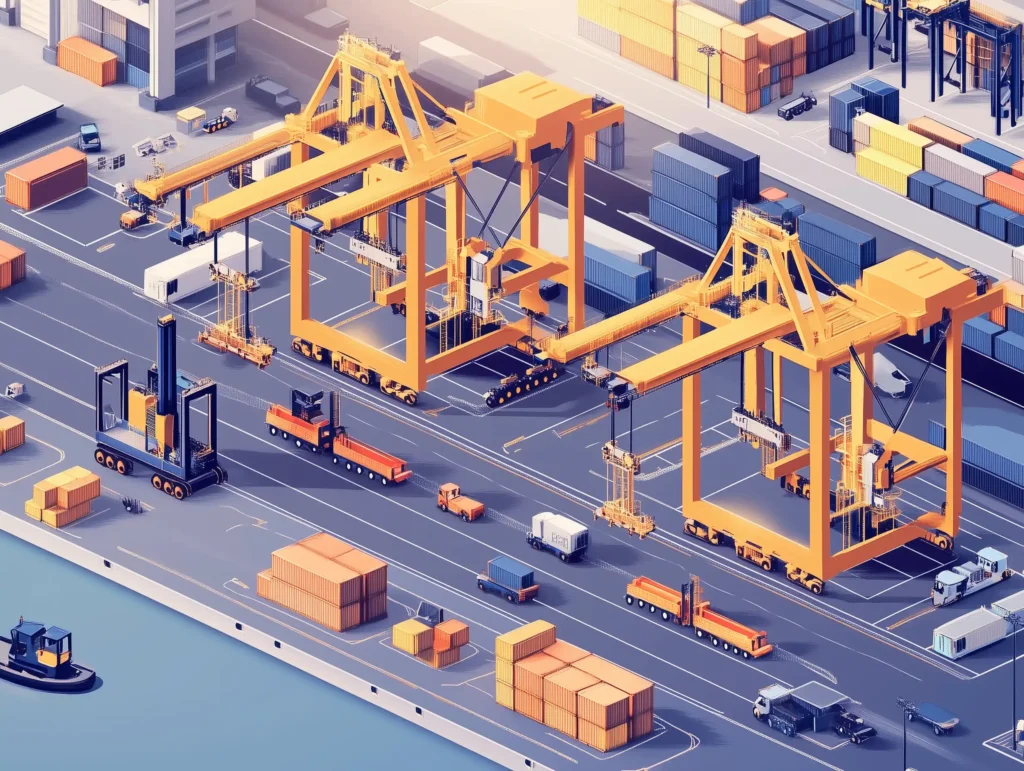
Maritime Safety Enhancements Through IoT
Safety is very important at sea. Above all, IoT devices help by:
- Warning about dangerous weather
- Monitoring crew health and safety
- Detecting fires or water leaks early
- Alerting nearby ships about potential collisions
These safety features protect sailors, ships, and cargo from harm. Meanwhile, they also reduce insurance costs for shipping companies.
Cost Efficiency Through Maritime IoT Solutions
While IoT technology costs money to install, it saves much more in the long run:
- Less fuel used (big savings!)
- Fewer delays
- Less damaged cargo
- Lower insurance costs
- Less time spent in ports
Big data analytics helps shipping companies make sense of all this information to find even more ways to save money. Overall, companies using these technologies gain a competitive advantage.
Challenges of IoT in Maritime Operations
Maritime IoT Connectivity Challenges
Internet connections can be weak or unavailable in the middle of the ocean. However, ships use different types of connections:
- Satellite internet (works everywhere but can be slow)
- Cellular networks (only near shore)
- Special maritime communication systems
Despite these challenges, connections at sea are getting better and faster as technology improves. Currently, companies are developing new solutions for better connectivity.
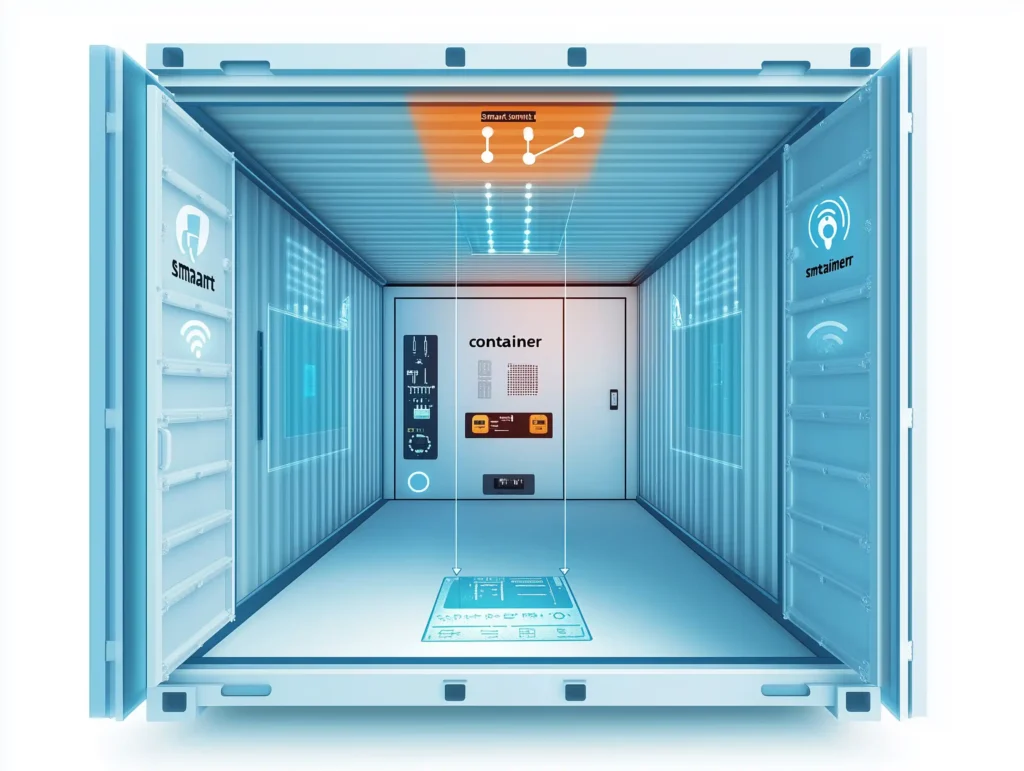
Cybersecurity Concerns
Having ships connected to the internet creates new security risks. Particularly, hackers could potentially:
- Track valuable cargo
- Interfere with navigation systems
- Access private company information
To address these risks, maritime companies use strong cybersecurity to protect their IoT systems from attacks. Furthermore, international regulations now require better digital security on ships.
Future Developments in Maritime IoT
Self-Navigating Vessels
Some companies are working on ships that can sail themselves using IoT sensors and artificial intelligence. These ships would have fewer or no crew members on board.
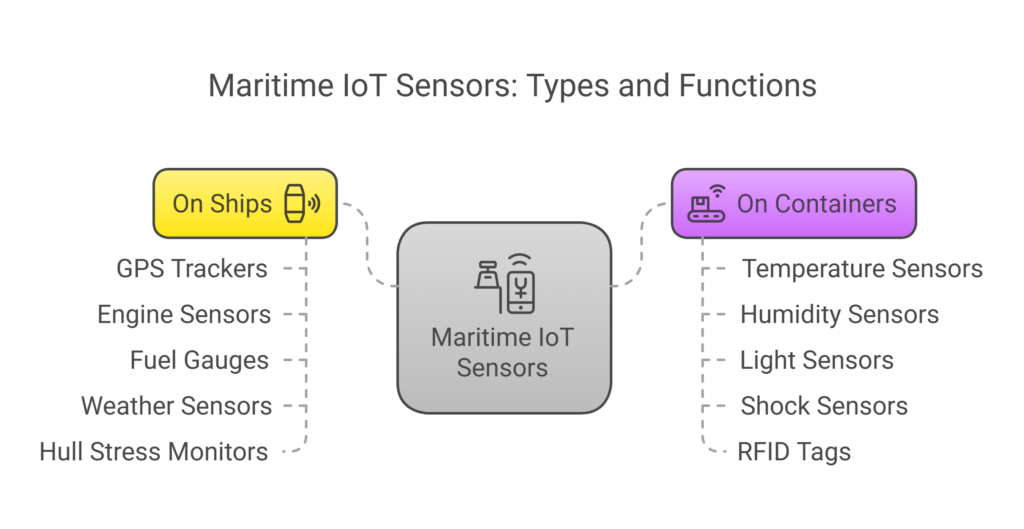
Small autonomous ships are already being tested in some places. Larger cargo ships might someday navigate oceans with minimal human supervision. This is part of the Maritime 4.0 innovation that’s changing the shipping industry.
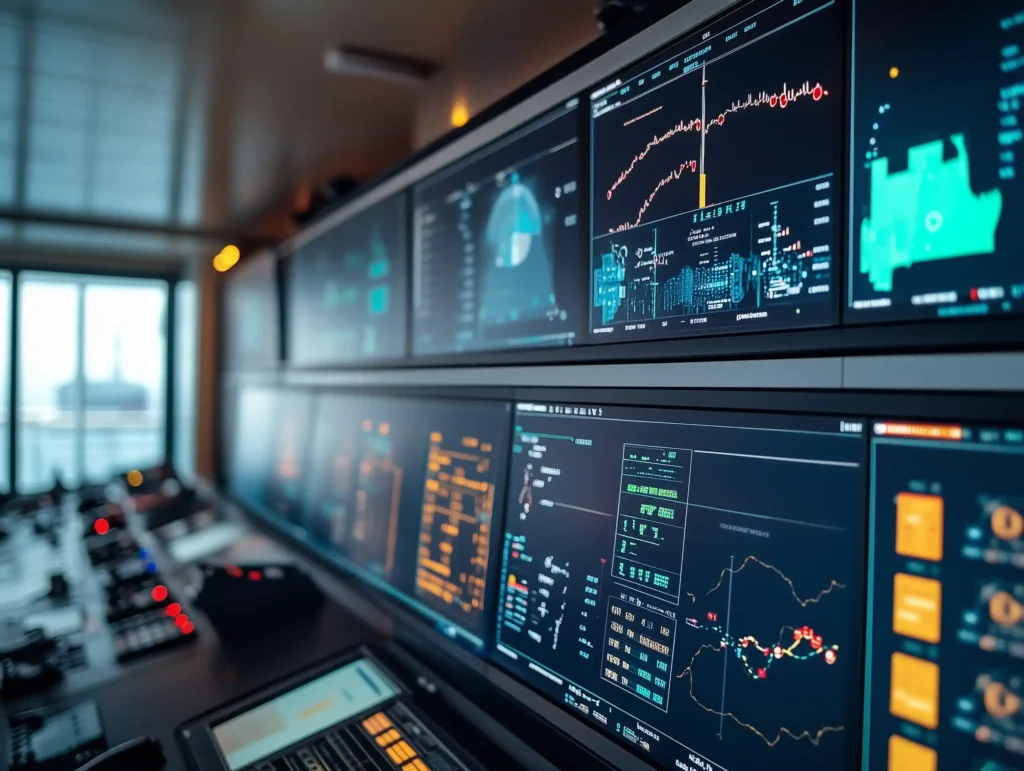
Digital Twin Technology in Maritime IoT
Engineers are creating “digital twins” – virtual copies of real ships. These digital models use IoT data to simulate exactly what’s happening on the actual ship.
This helps companies test changes or fixes before trying them on the real vessel. Digital twin technology is especially useful for managing offshore operations. Most importantly, it allows for safer testing of new systems.
Sustainable Shipping Through Maritime IoT
Environmental concerns are pushing the industry to become cleaner. Advanced IoT systems will help ships:
- Optimize routes for minimum emissions
- Monitor and reduce pollution
- Support new green technologies
The maritime industry’s 2025 game plan combines AI, green technology, and cybersecurity to create more sustainable shipping. In fact, many companies are already implementing these technologies.
Why Maritime IoT Matters
You might wonder why shipping technology matters to you. Even though most of us never see cargo ships, they affect our daily lives:
- The clothes you wear
- The food you eat
- The phone or computer you’re using
- Almost everything in your home
All these items probably traveled on ships. When shipping becomes more efficient through IoT, products can reach us faster and at lower cost. Additionally, more reliable shipping means fewer shortages in stores.
Maritime IoT also helps protect our oceans by reducing pollution and preventing accidents that could harm marine life. Thus, it benefits both people and the environment.
Maritime IoT in Daily Shipping Operations
When a container ship leaves Shanghai headed for Los Angeles, IoT technology works behind the scenes:
- First, sensors monitor the engines to ensure they’re running efficiently
- Next, weather data helps the captain avoid storms and rough seas
- Meanwhile, container sensors make sure refrigerated goods stay at the right temperature
- Throughout the journey, the shipping company tracks the vessel’s exact position
- Finally, the port in Los Angeles prepares for the ship’s arrival based on real-time data
This connected system makes the entire journey smoother, safer, and more reliable. Without a doubt, it represents the future of global shipping.
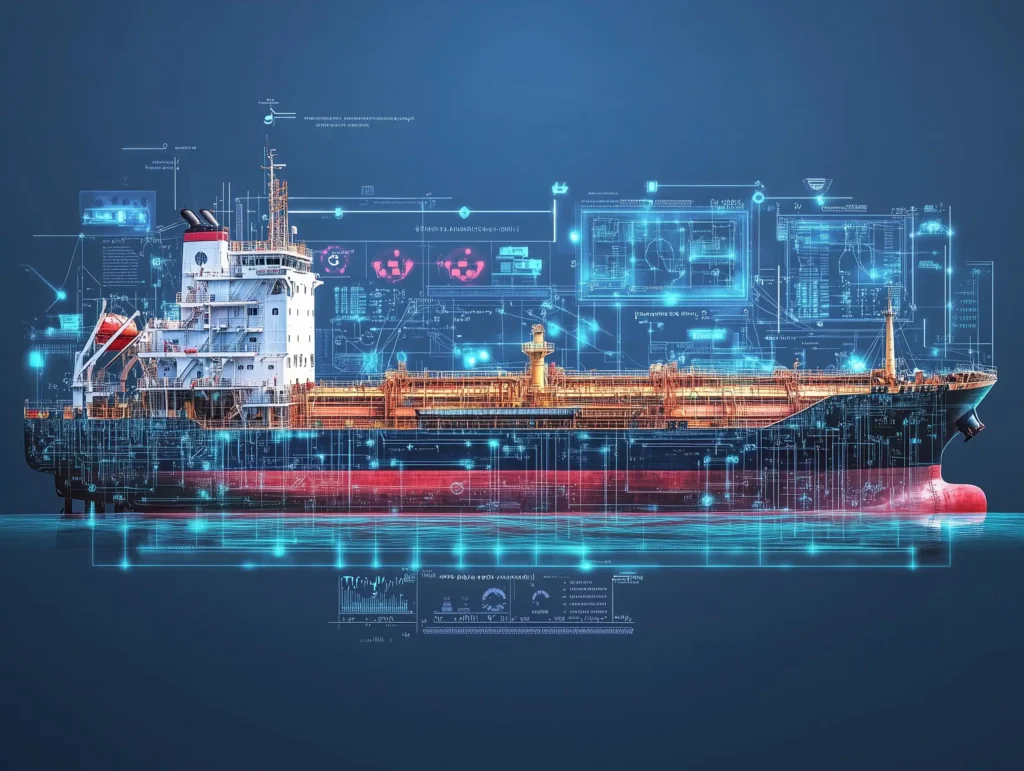
The Global Impact of Maritime IoT
The maritime industry may seem far away from our daily lives, but it touches almost everything we use. IoT is making this ancient practice of ocean transport ready for the future. To sum up, these technologies are creating a more connected, efficient, and environmentally friendly shipping industry that benefits everyone.

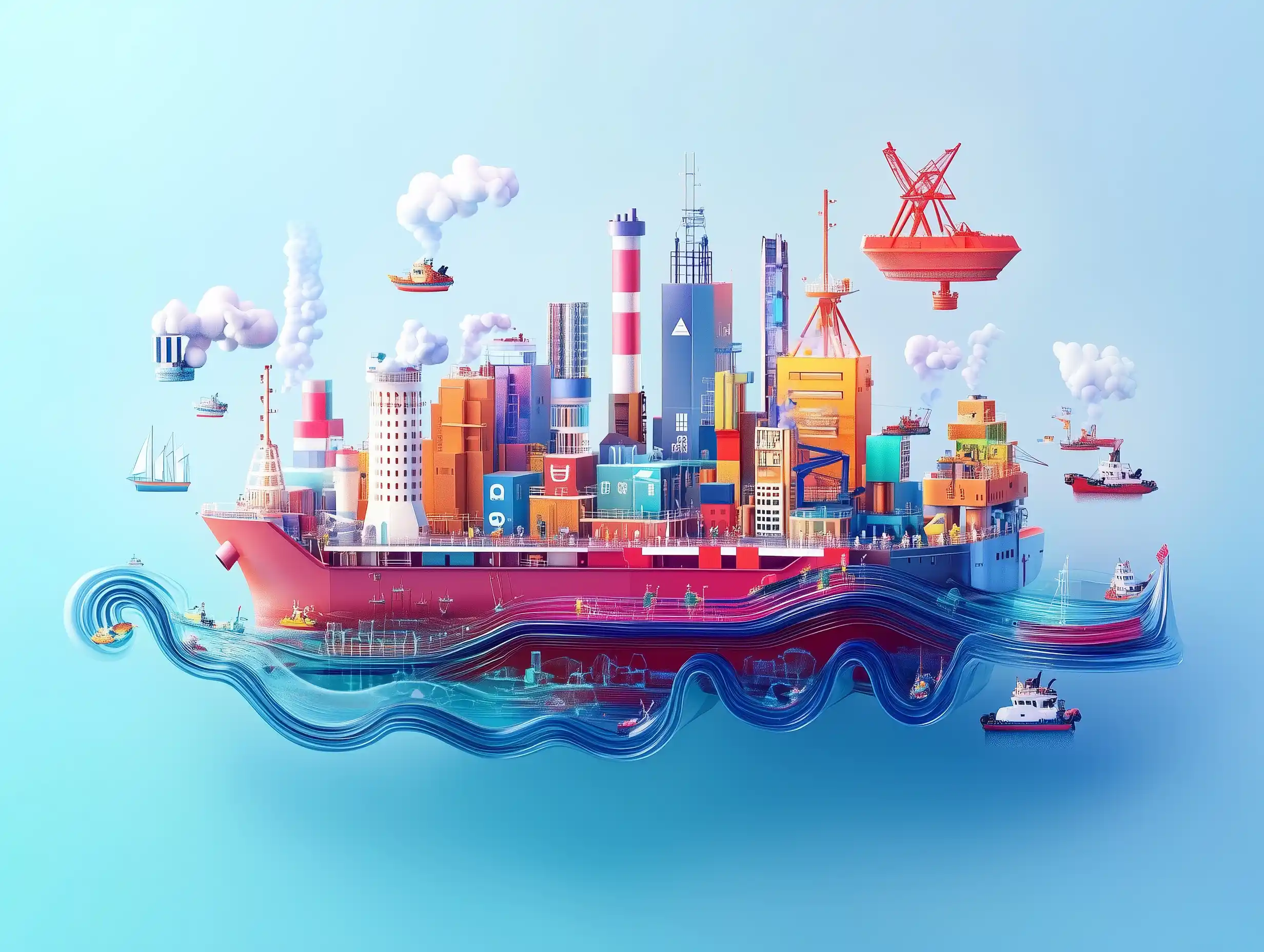
Leave a Reply